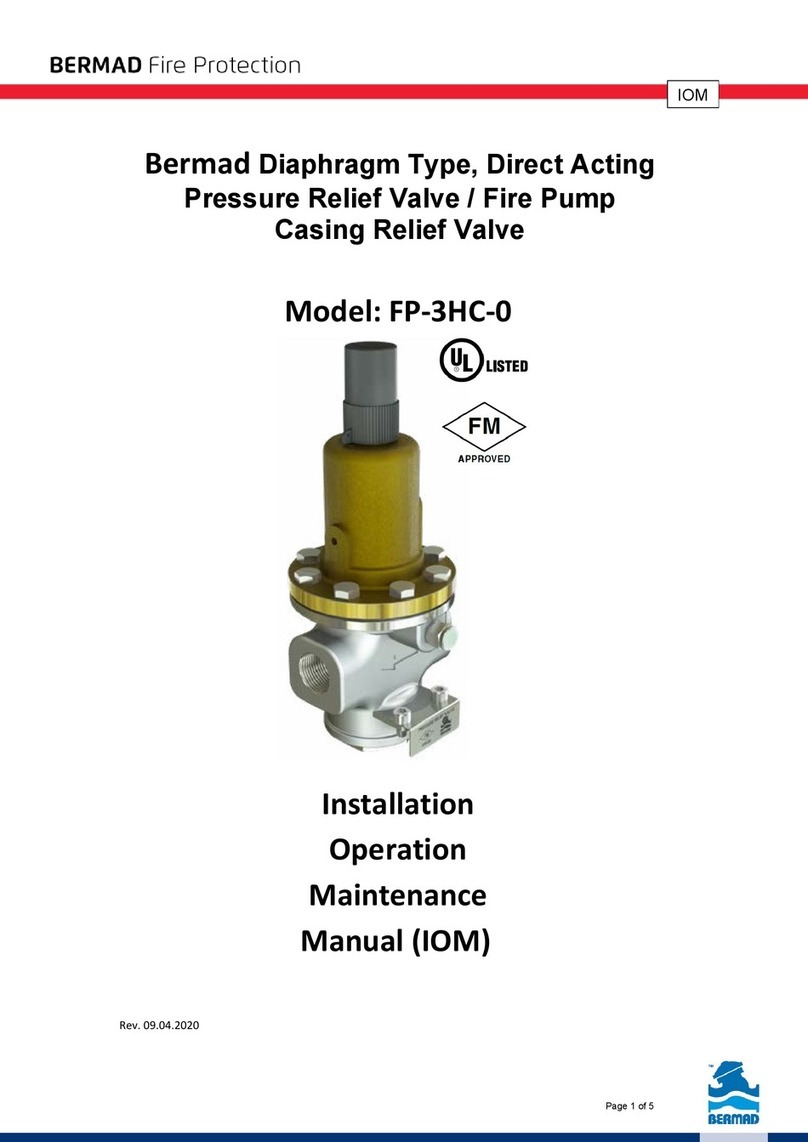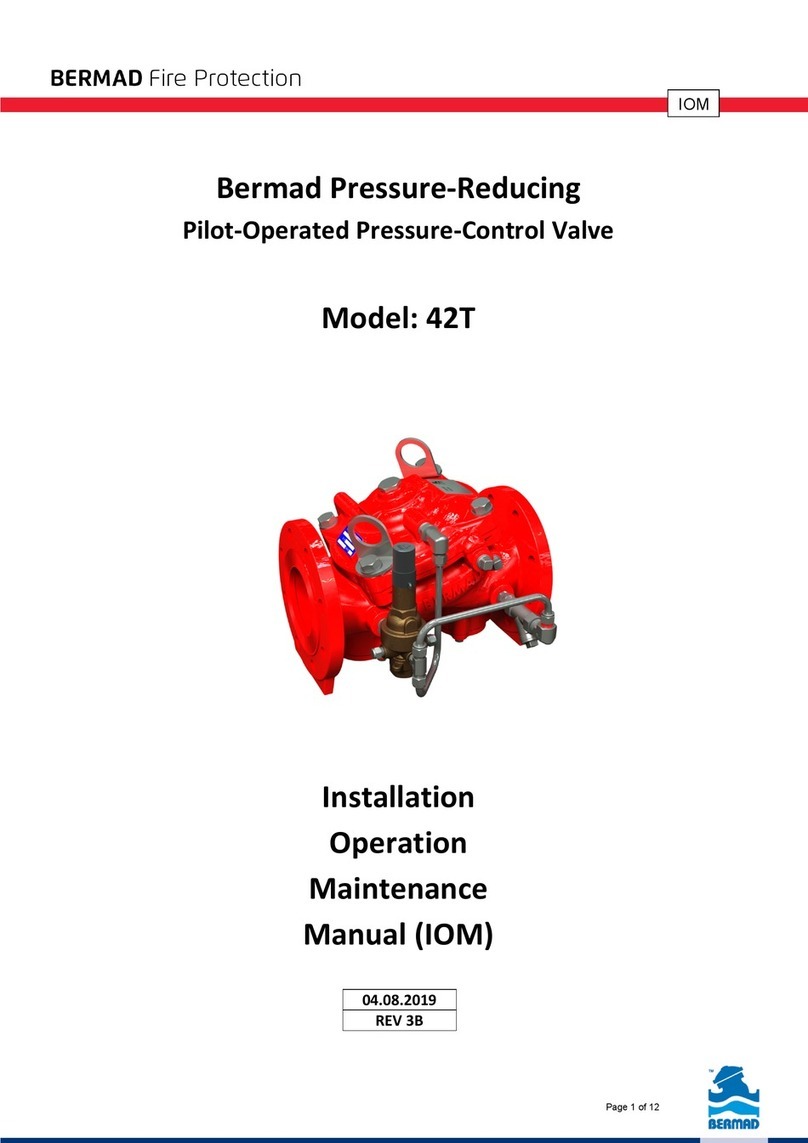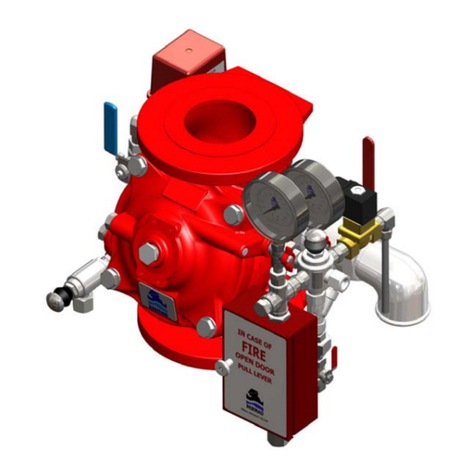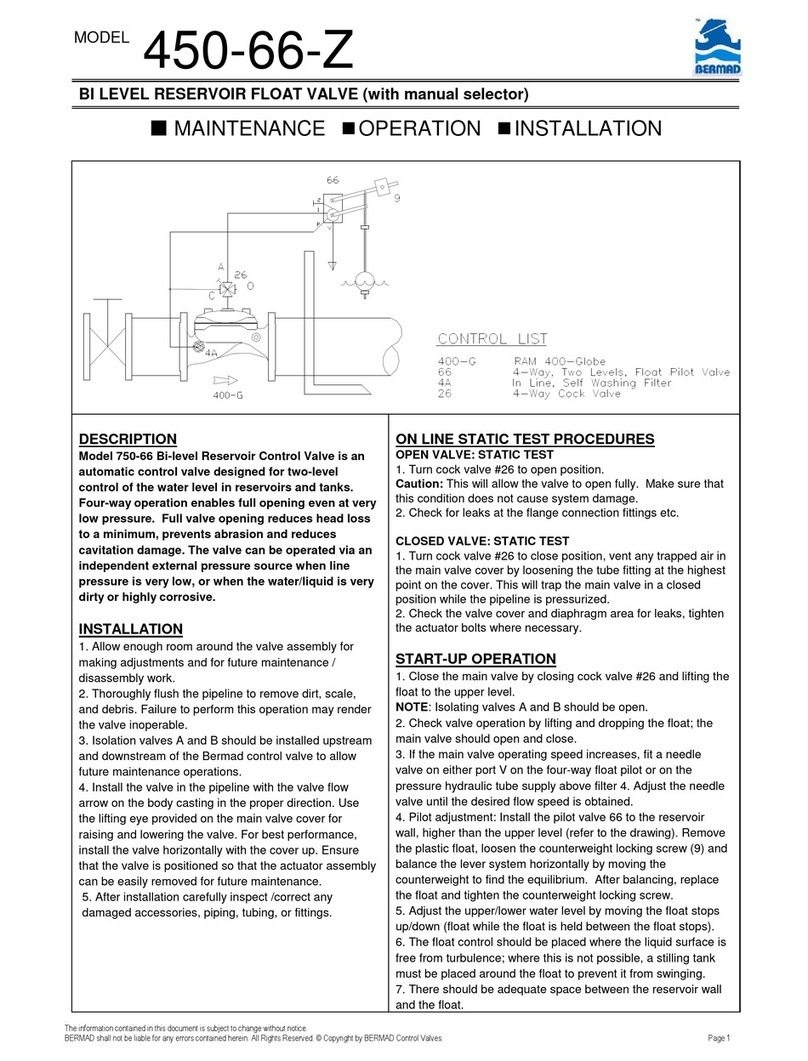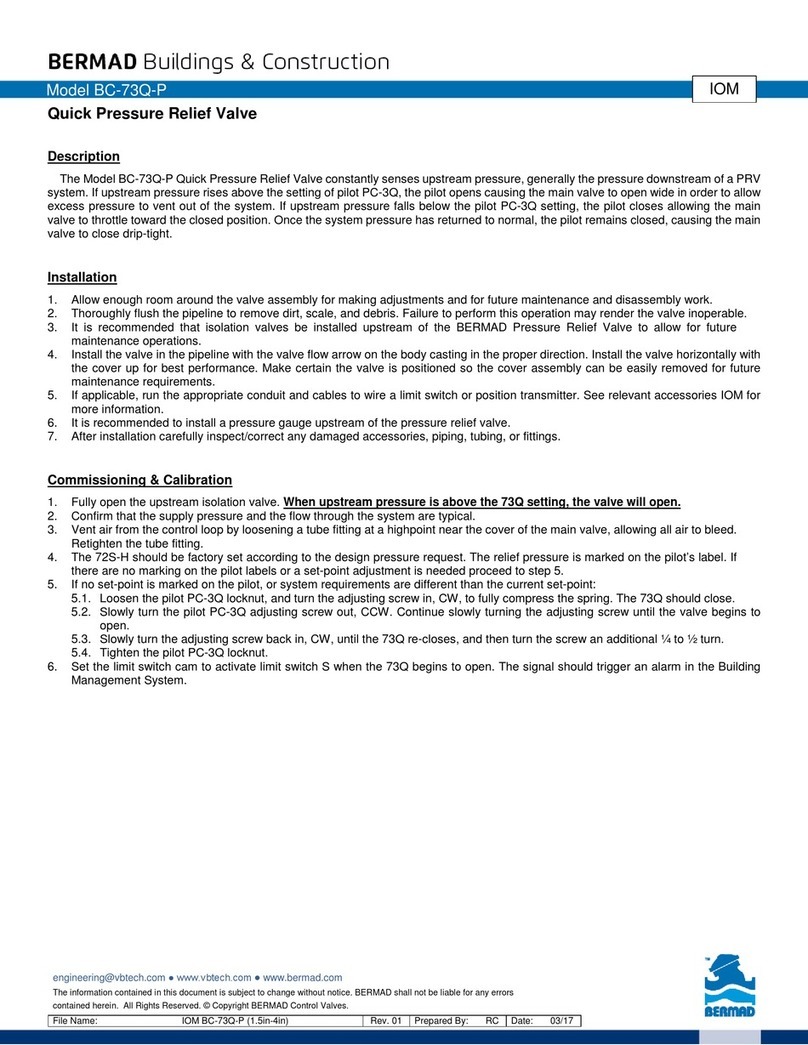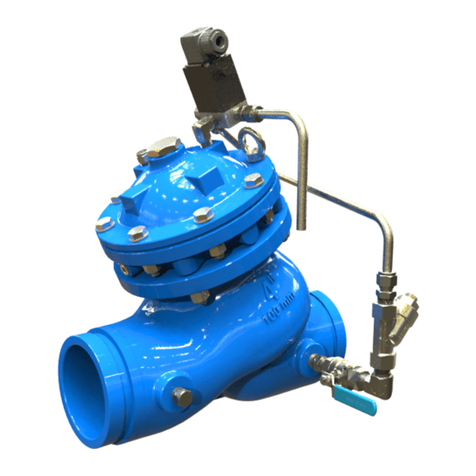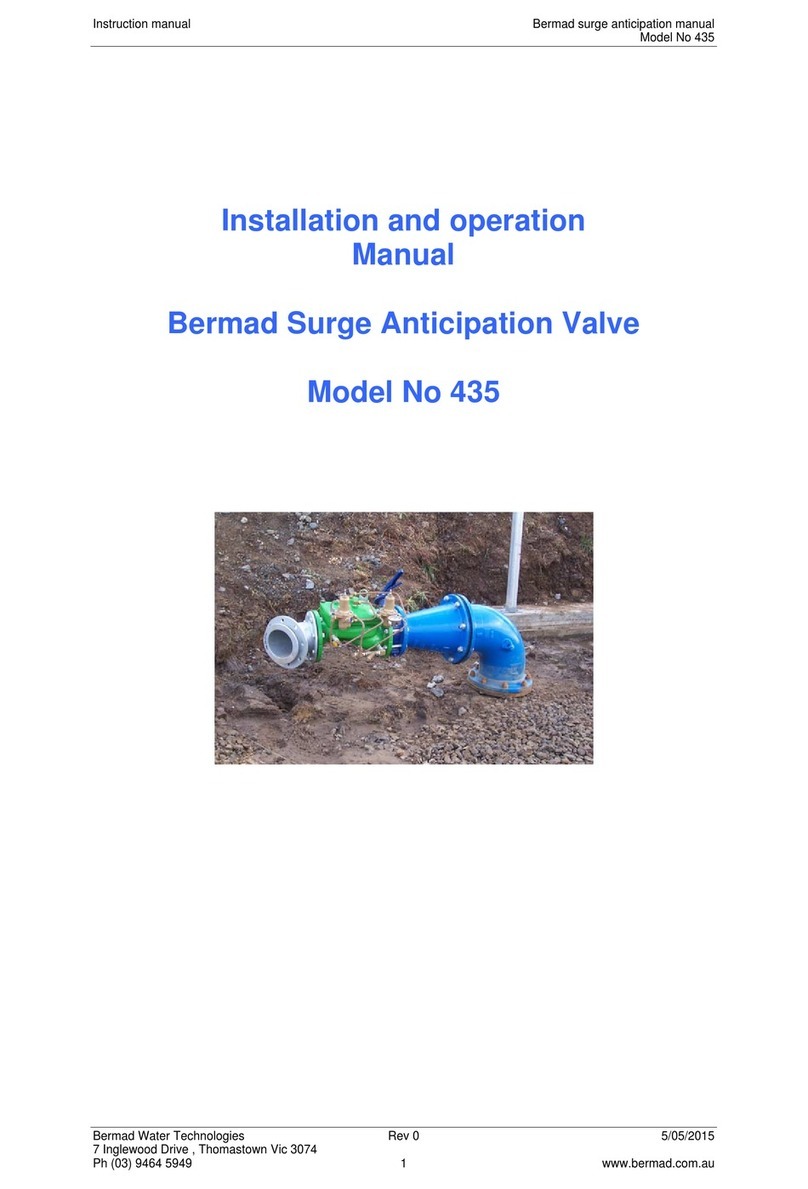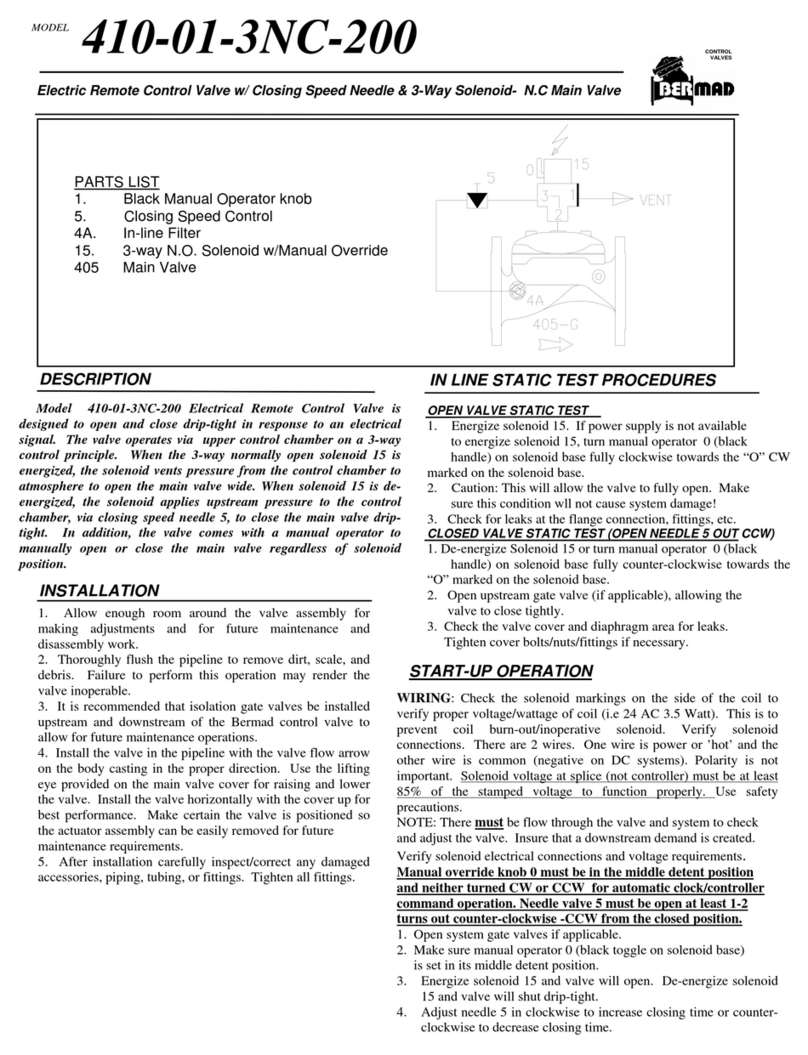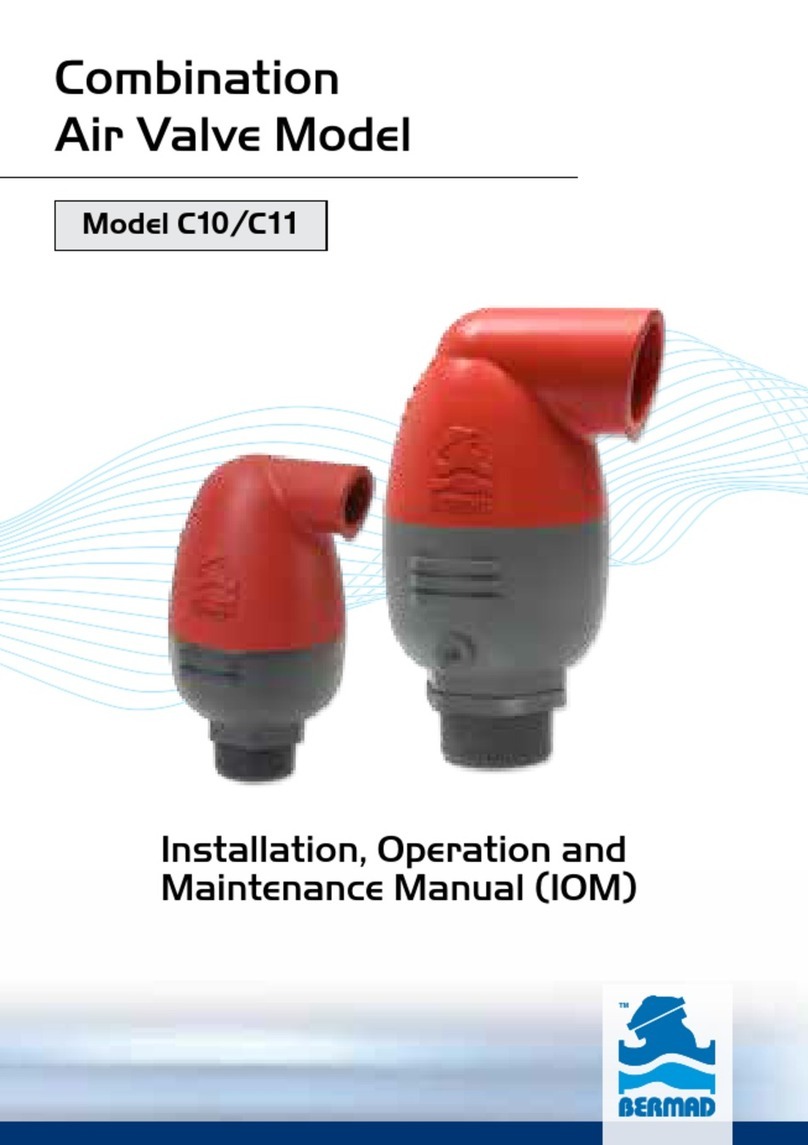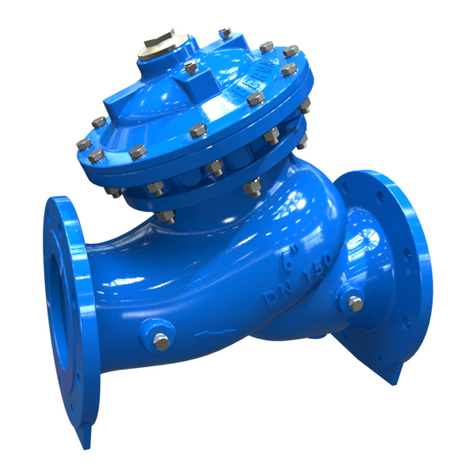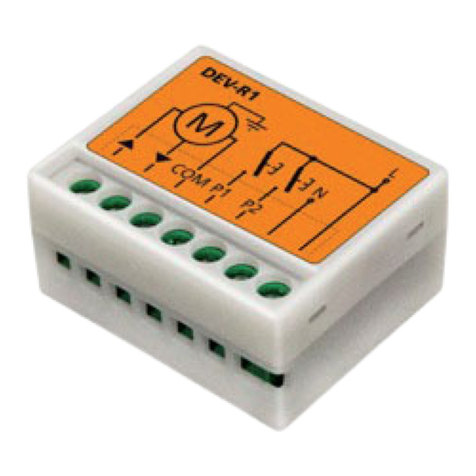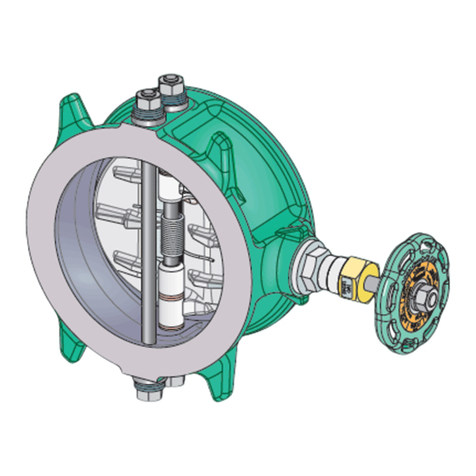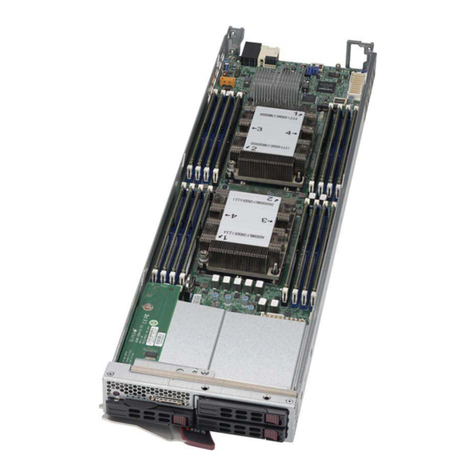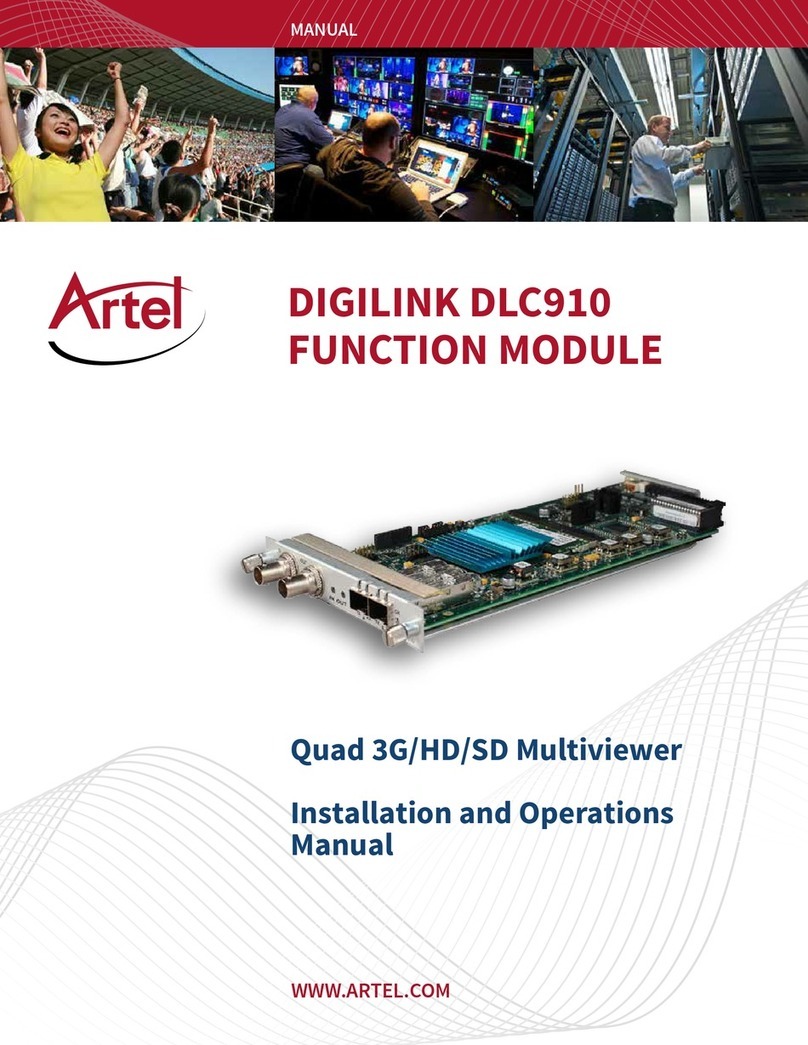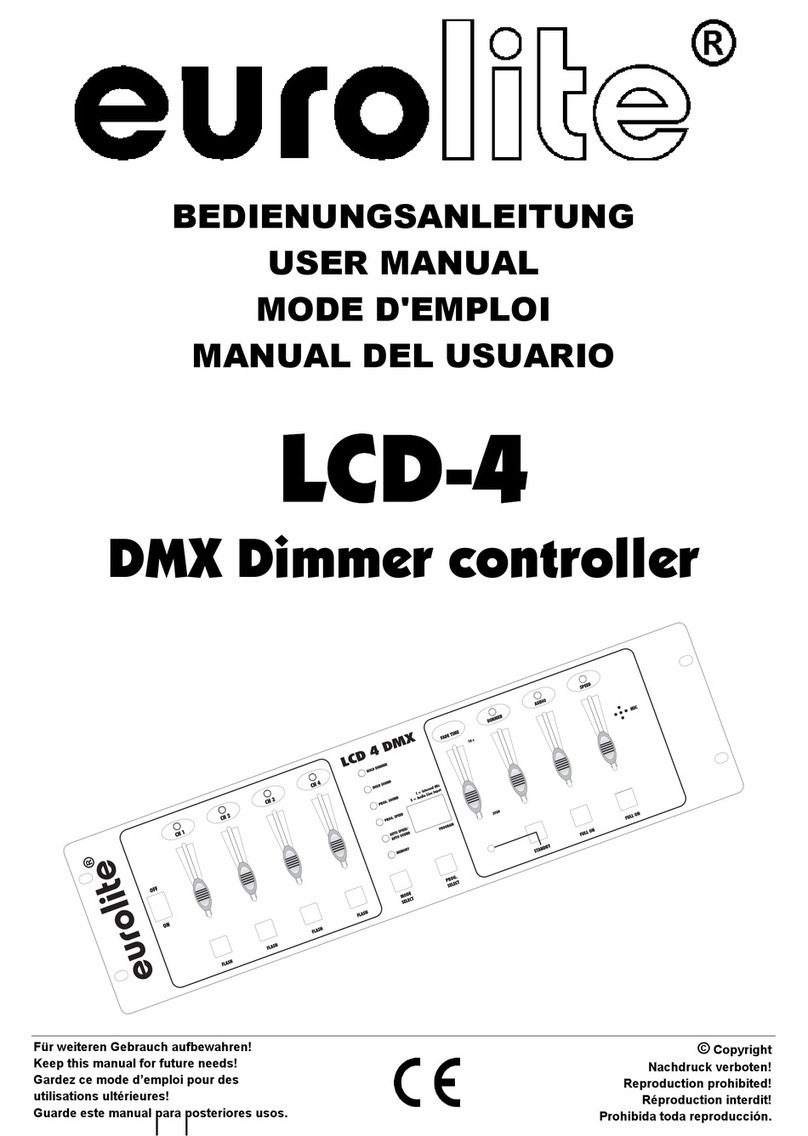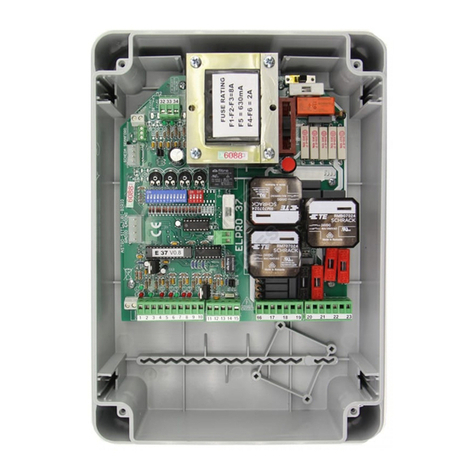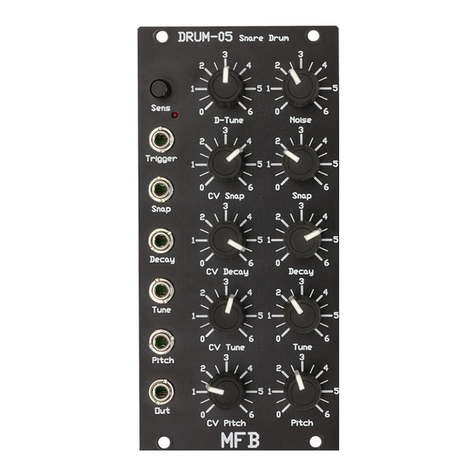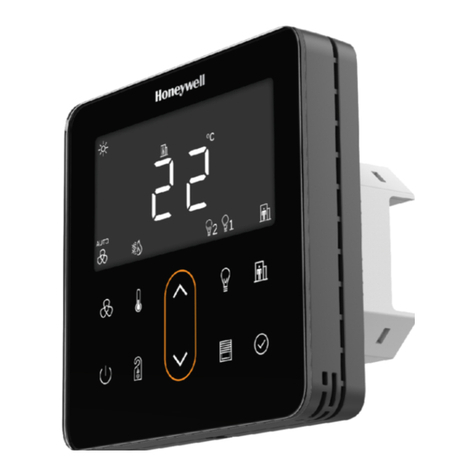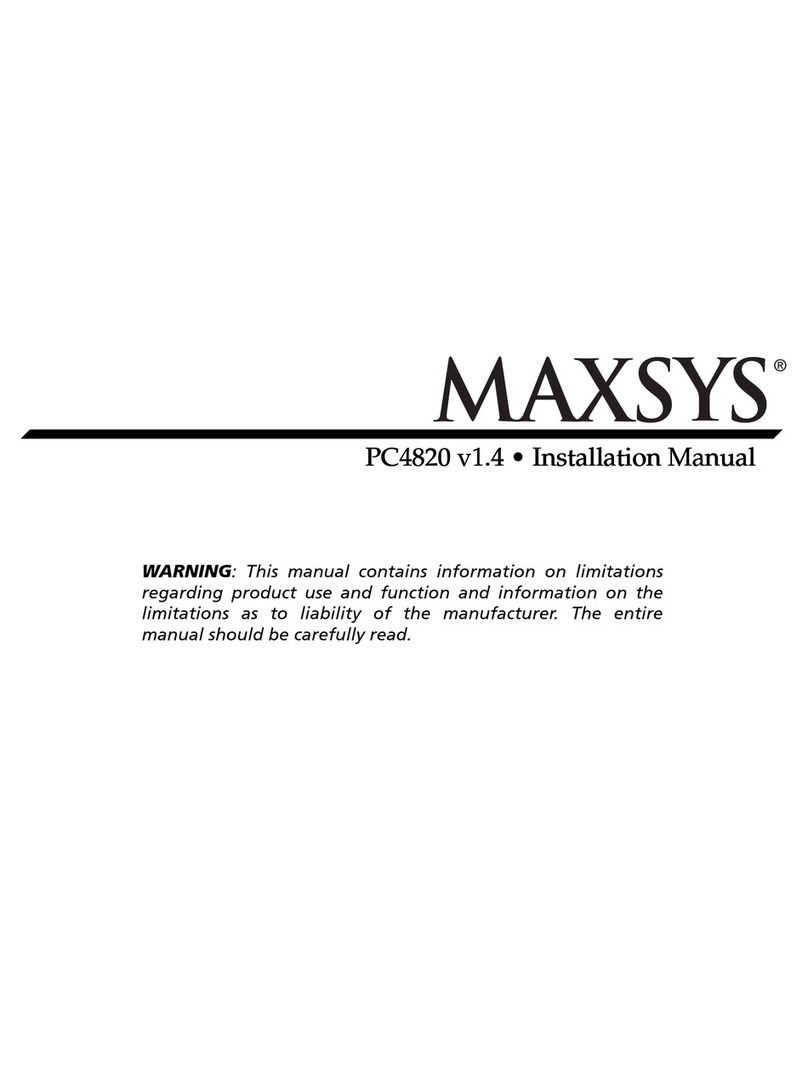
Updated Jan 2020 Page #6
Unpacking and post shipment inspection
Make sure that until the actual installation the valve remains dry and clean in its original package.
Unpack the valve and make sure that all the wrapping materials are removed.
Before installation it is necessary to inspect that no damage to the valve occurred during
shipment; do not install a damaged valve!
Verify that the valve to be installed meets the design specifications of the specific installation site;
take extra care in making sure that the expected systempressure complies with the pressure rating
of the valve.
Site Preparation
Air Valves located above ground should be protected from freezing, contamination and
vandalism.
If the valve is to be installed in a pit, make sure that the pit has proper drainage and sufficient
dimensions for servicing the valve.
Flush the pipeline prior to the Air Valve installation in order to prevent damage to the valve
internals due to large debris carried by the water during startup
The C30 / C31 air valves are not to be used in systems containing high suspended solids;
consider selecting other BERMAD Air Valve models for such water type.
Installation
Typical Applications
Main Irrigation Networks –Air relief, protection against air accumulation and vacuum formation
downstream of pumps, along supply lines and at elevations in main irrigation networks.
Irrigation Control Heads –Air relief, protection against air accumulation and vacuum formation
at filtration and fertilization stations and downstream of main control valves.
Infield Systems –Protection against air accumulation and vacuum formation in proximity to water
meters and automatic regulators.
Landscape Irrigation –Protection against air accumulation and vacuum formation.
Please note:
1. If required a Down Outlet and a Connection to a Drainage Pipe can be fitted to the 2" / DN50
valve’s outlet.
2. Depending on the specific installation requirements a Surge Protection (SP) or an Inflow
Prevention (IP) device may be added to the air valve.


